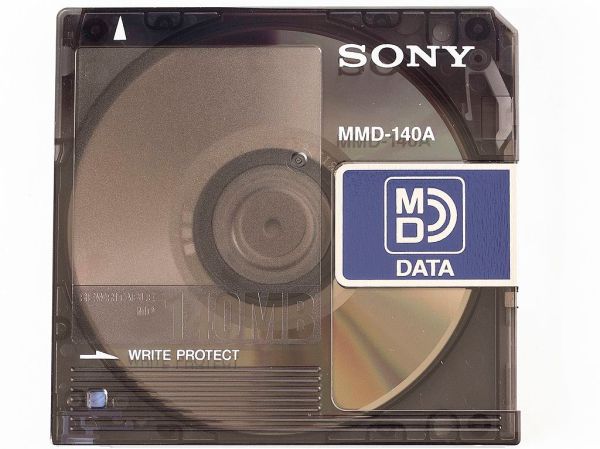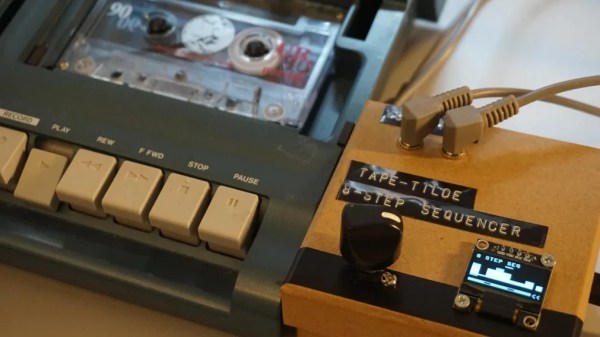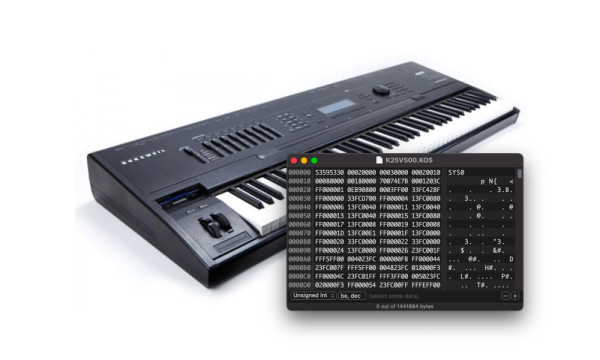Guitars are most typically built out of wood. Whether it’s an acoustic guitar with a big open cavity, or a solid-body electric, there’s generally a whole lot of wood used in the construction. However, [Mattias Krantz] shows us that alternative construction methods are entirely possible, by building his own balloon guitar.
The balloon guitar still has a neck, bridge, and strings just like any other. However, in place of the resonant cavity of an acoustic guitar, there is provision to install a large balloon instead. It’s actually quite interesting to watch — with the balloon installed, the guitar delivers much more volume than when played without a resonant cavity at all.
The guitar was actually built to test if swapping out air in the balloon for helium would shift the pitch of the sound. Of course, a guitar’s pitch comes from the tension on the vibrating strings, so changing the gas in the resonant cavity doesn’t directly affect it. Instead, much like inhaling helium to affect the human voice, the change is to the timbre of the sound, not the fundamental pitch itself. It sounds as if the guitar has been given a subtle treble boost.
It’s a fun build, and one that shows us that it’s possible to build musical instruments in many ways, not just using traditional techniques. If you want to further play with your guitar’s sound, though, consider turning to the world of machine learning.
Continue reading “Balloon Guitar Is An Absolute Gas, Helium Or Not”

















